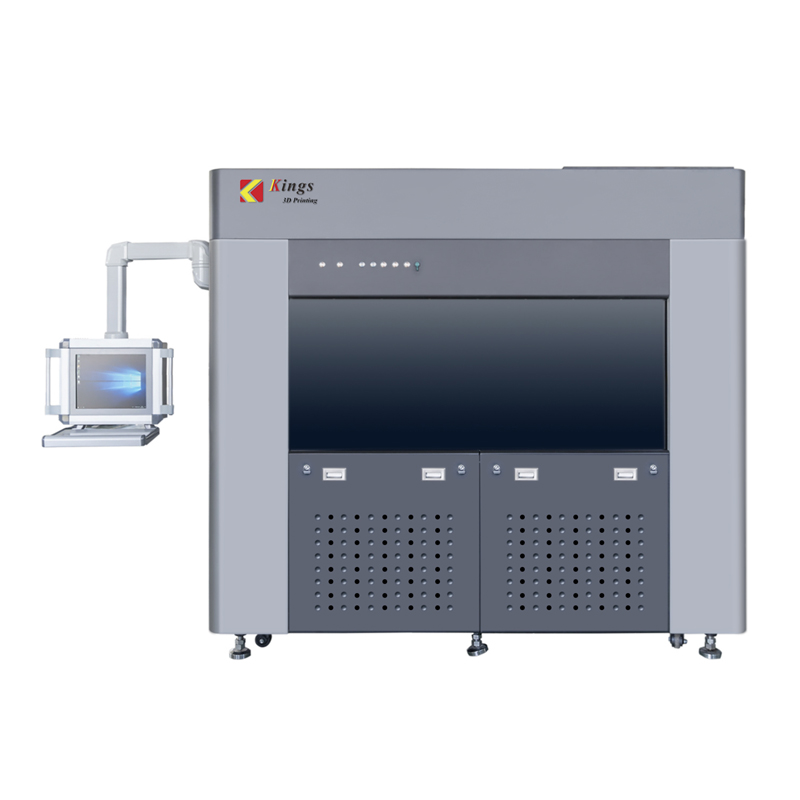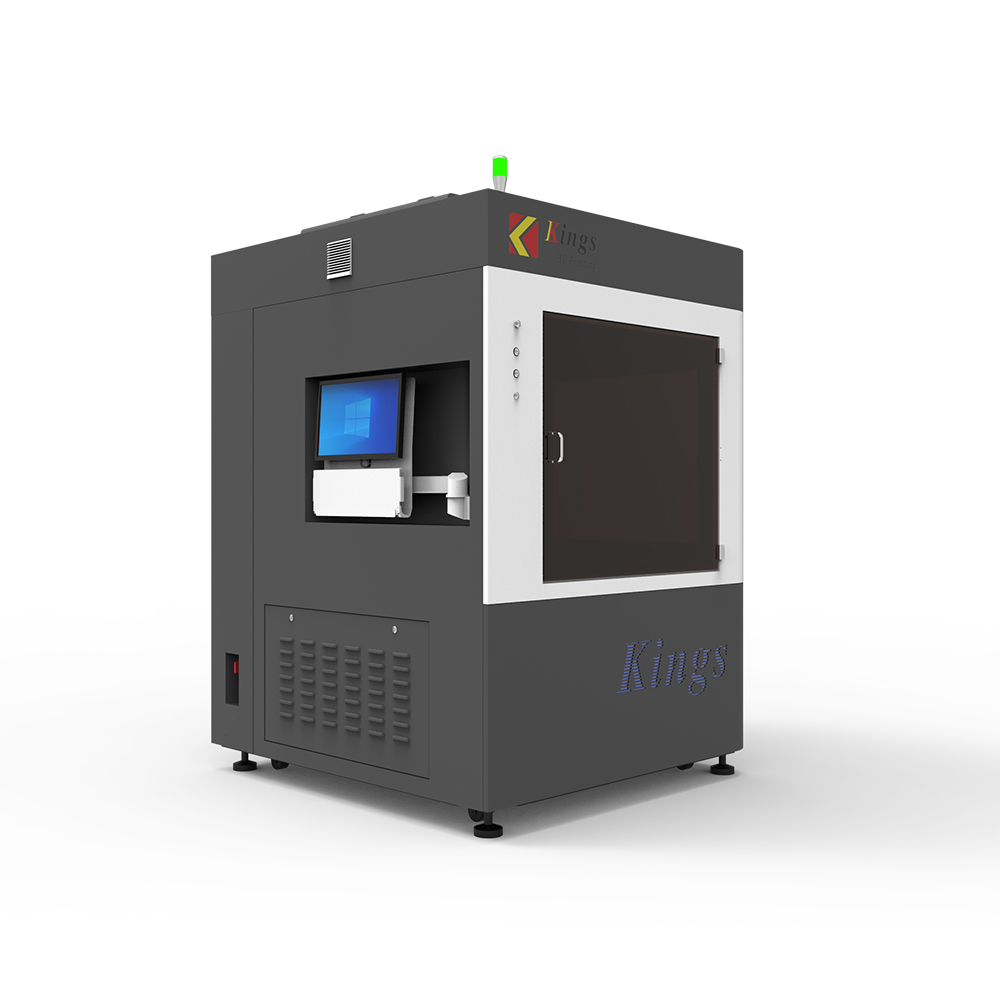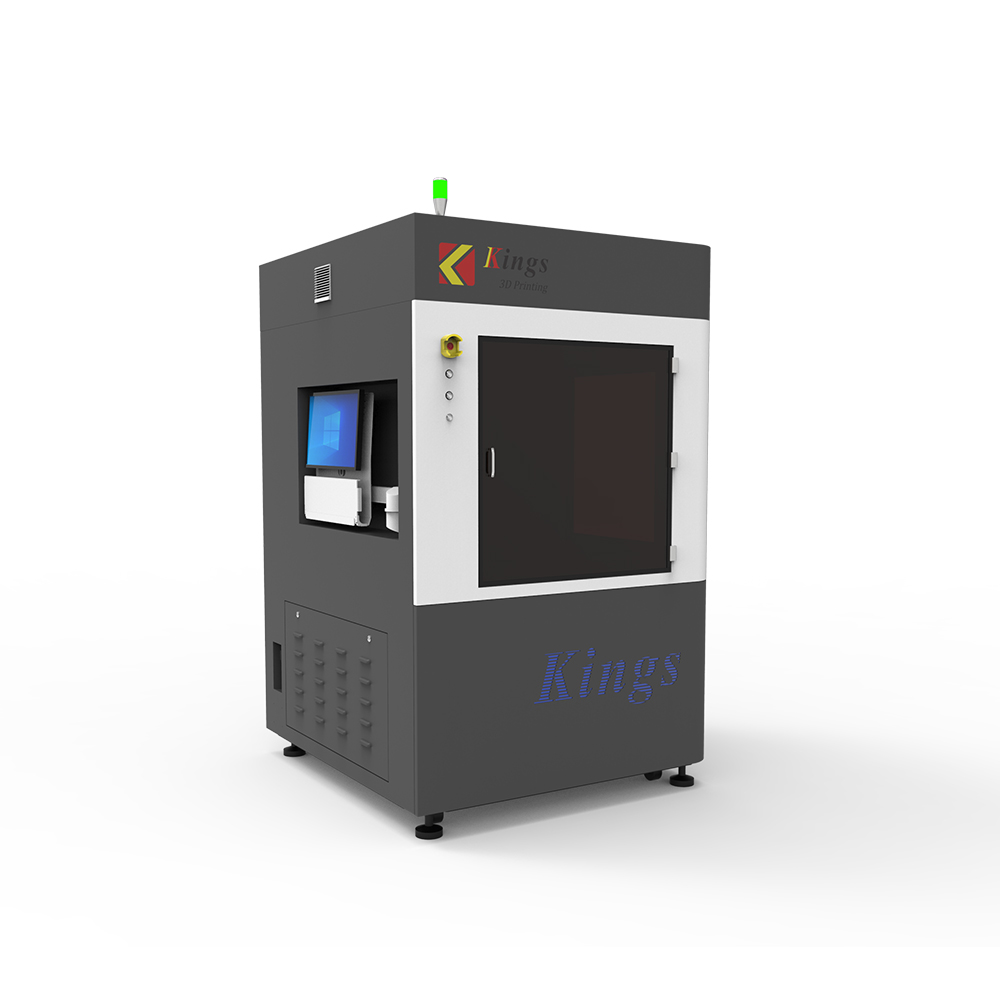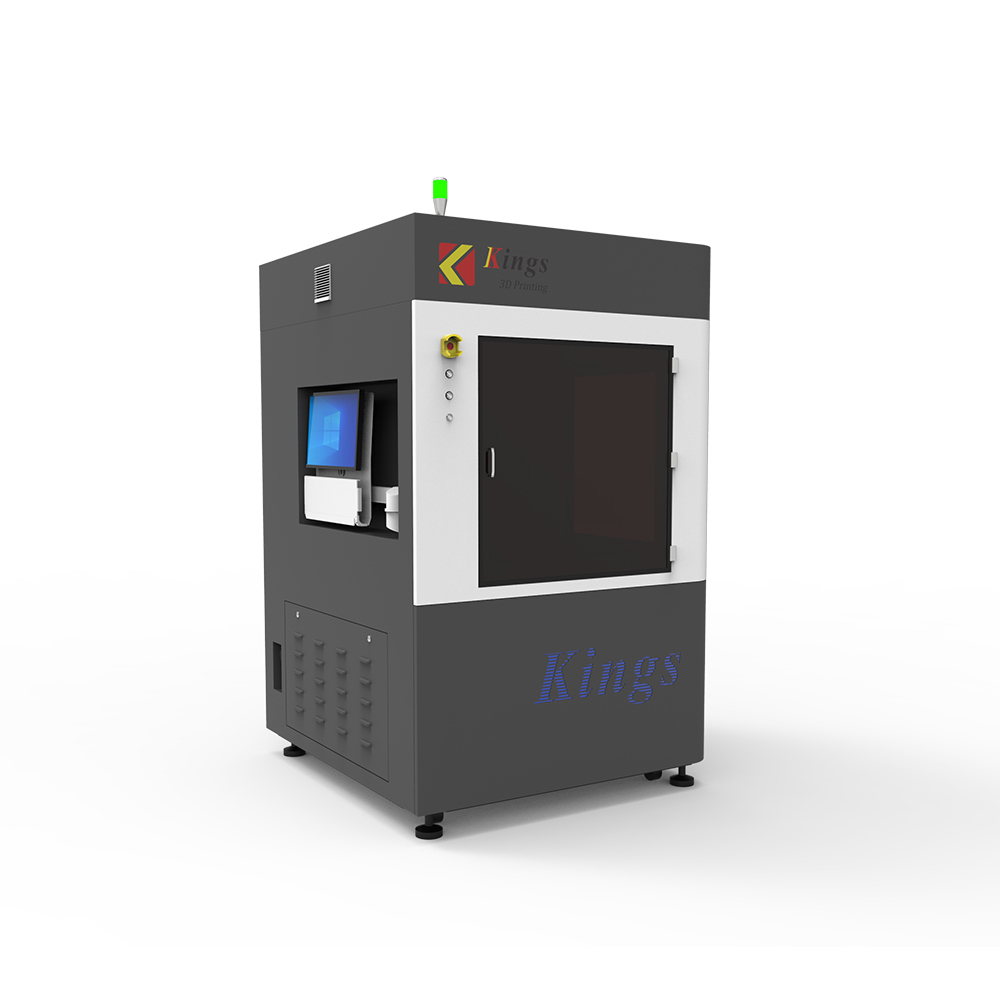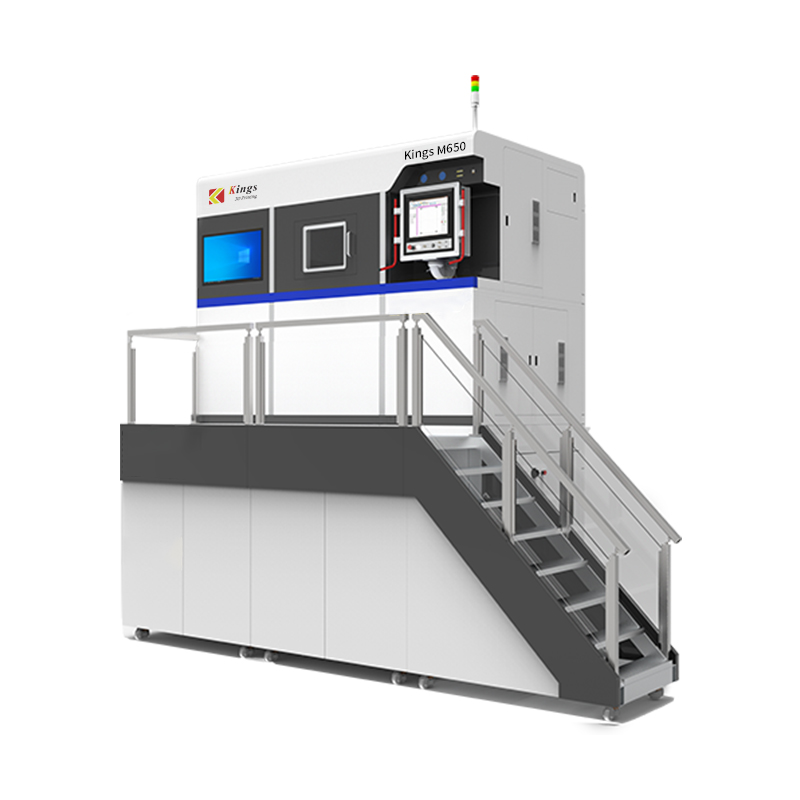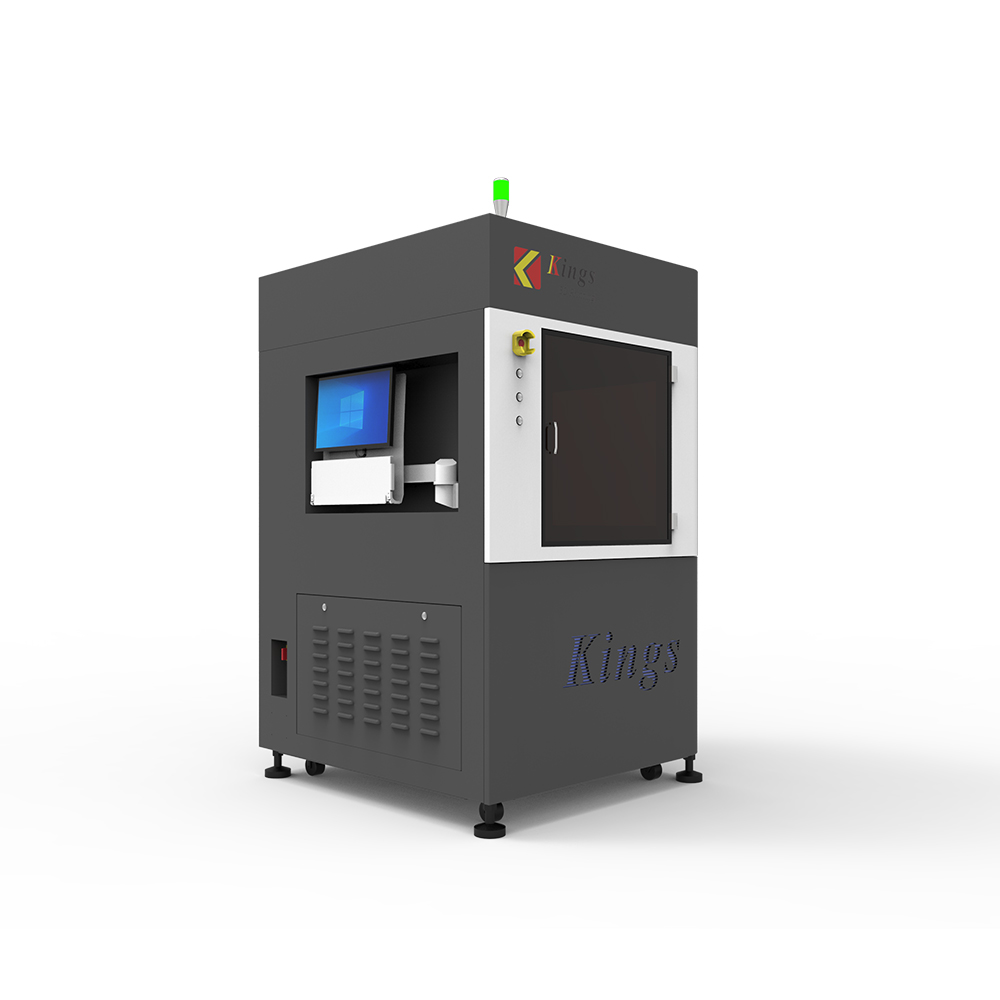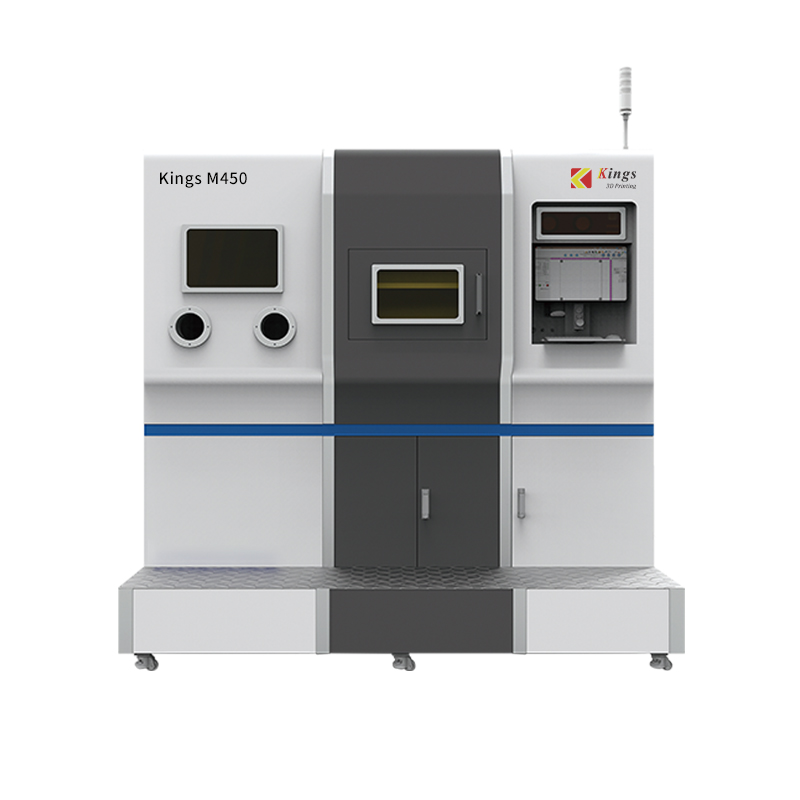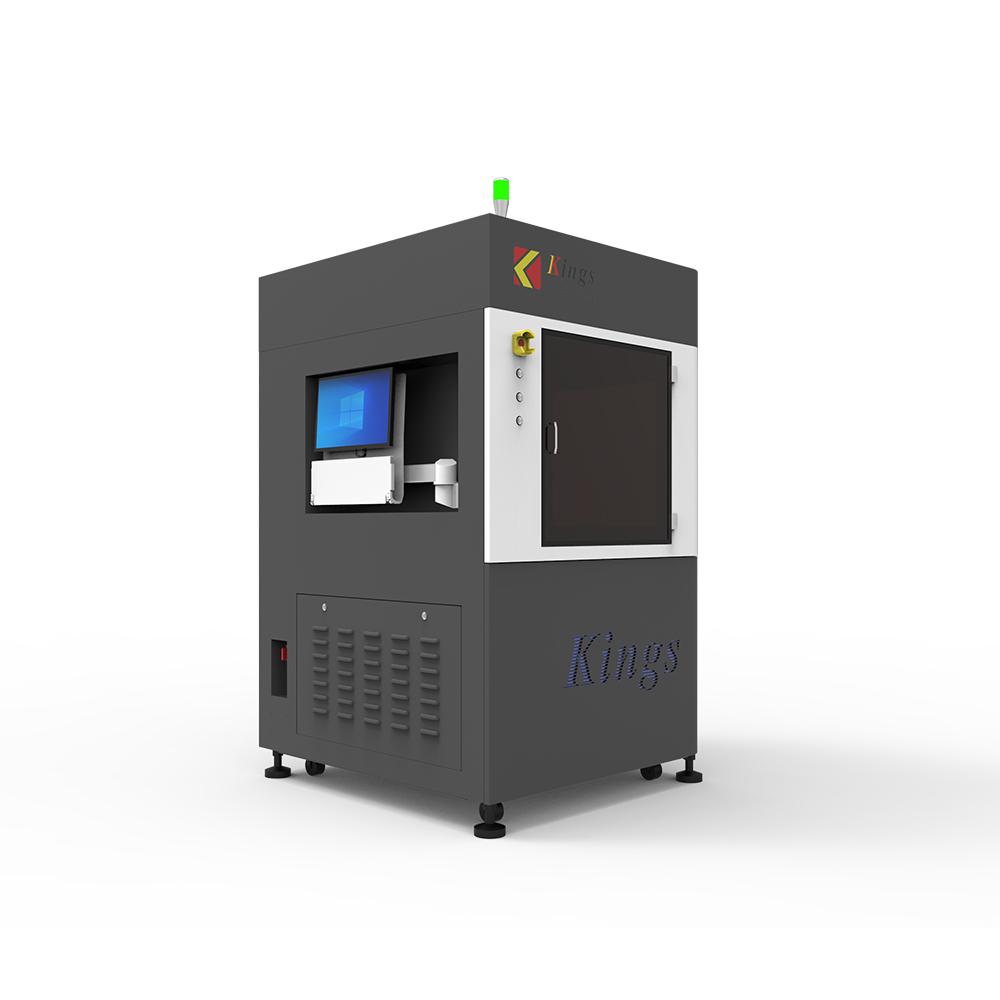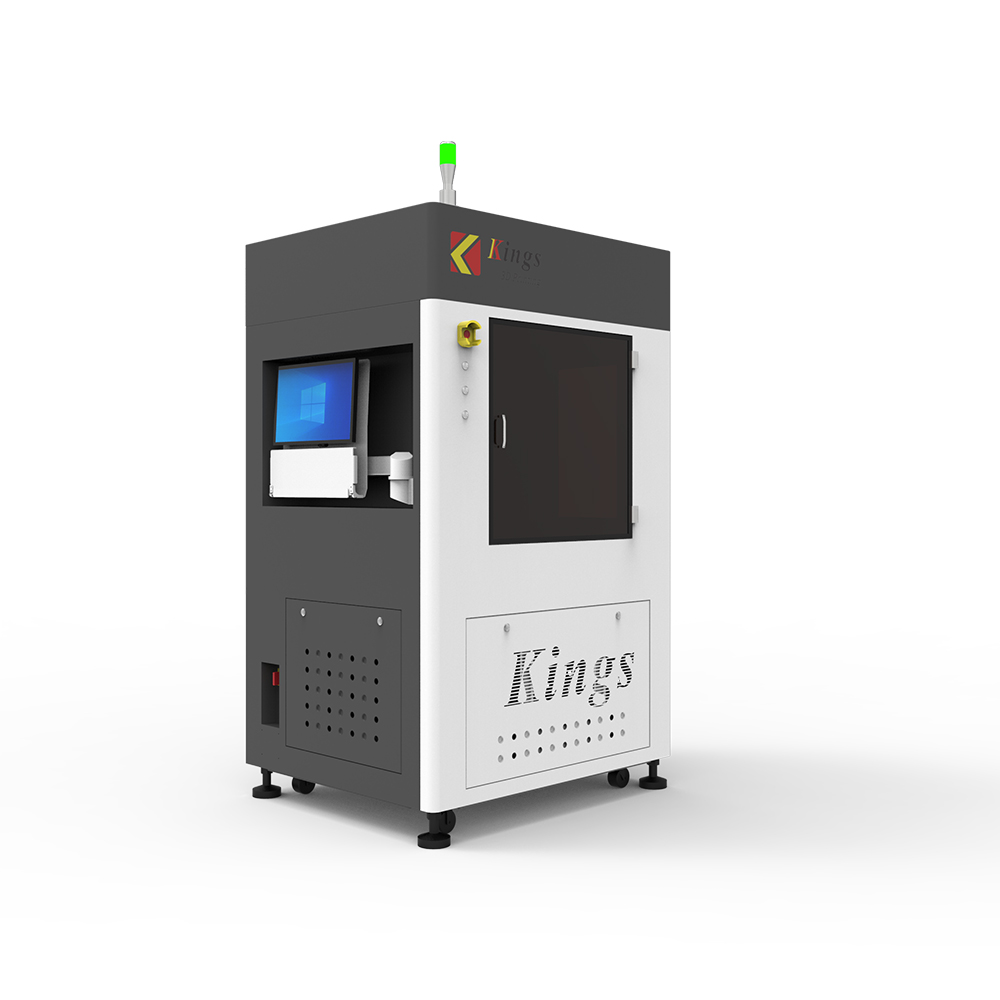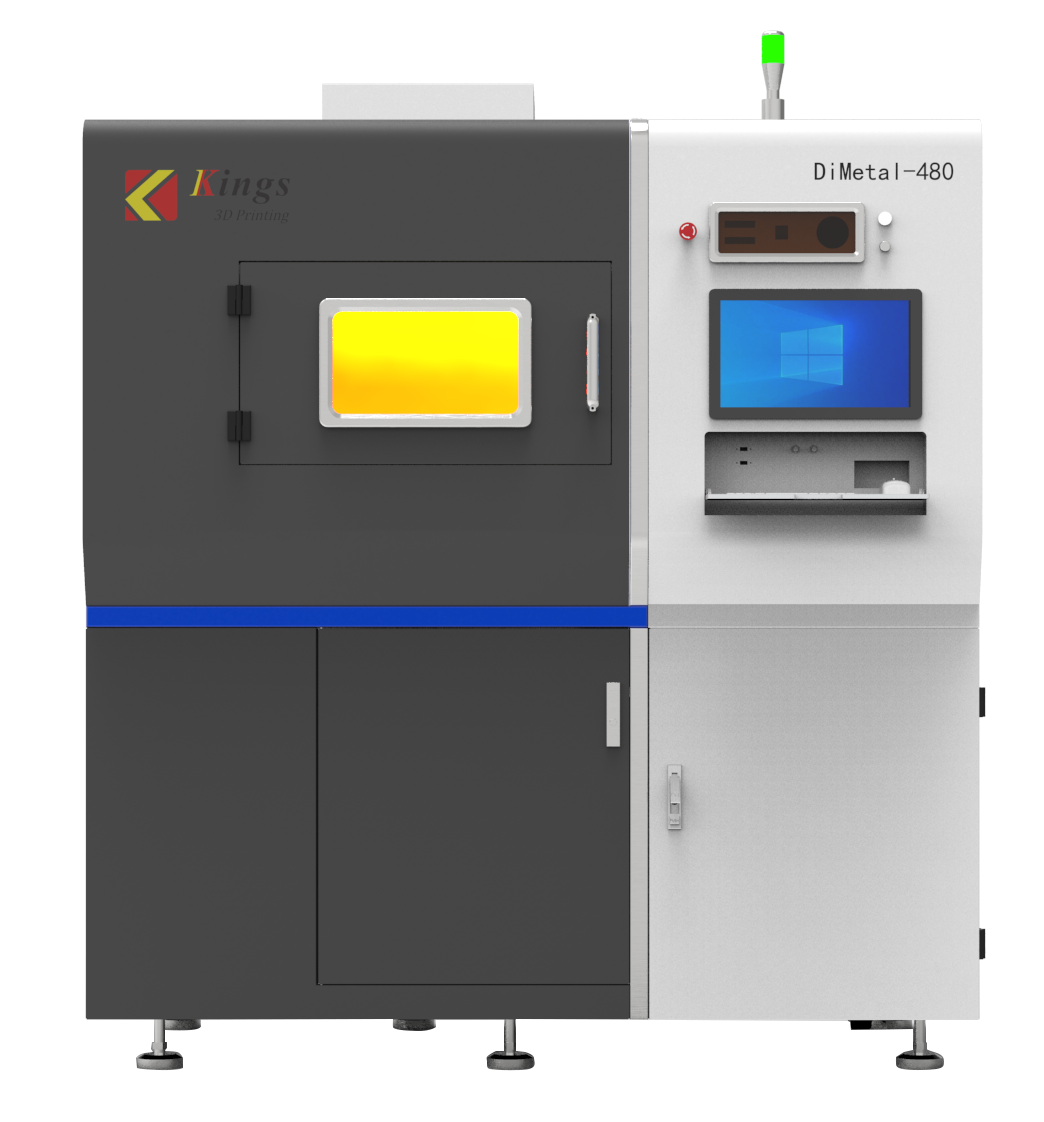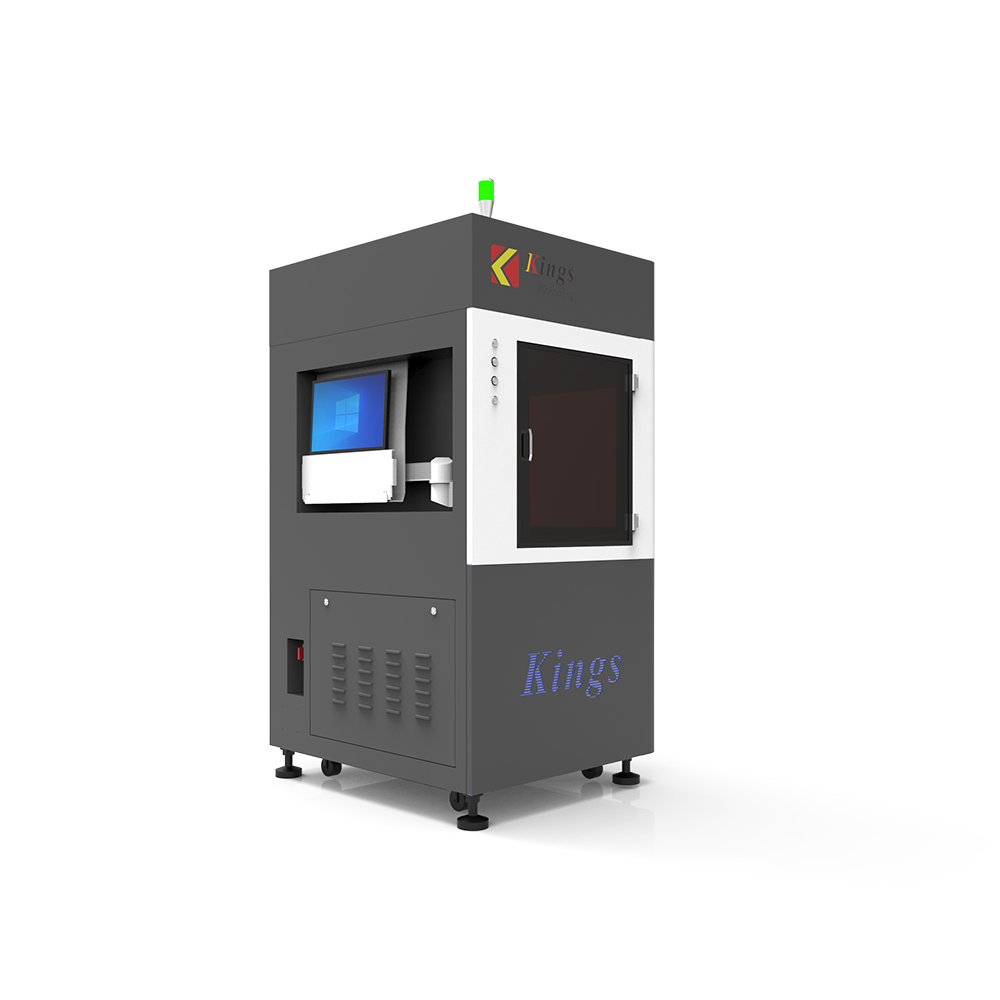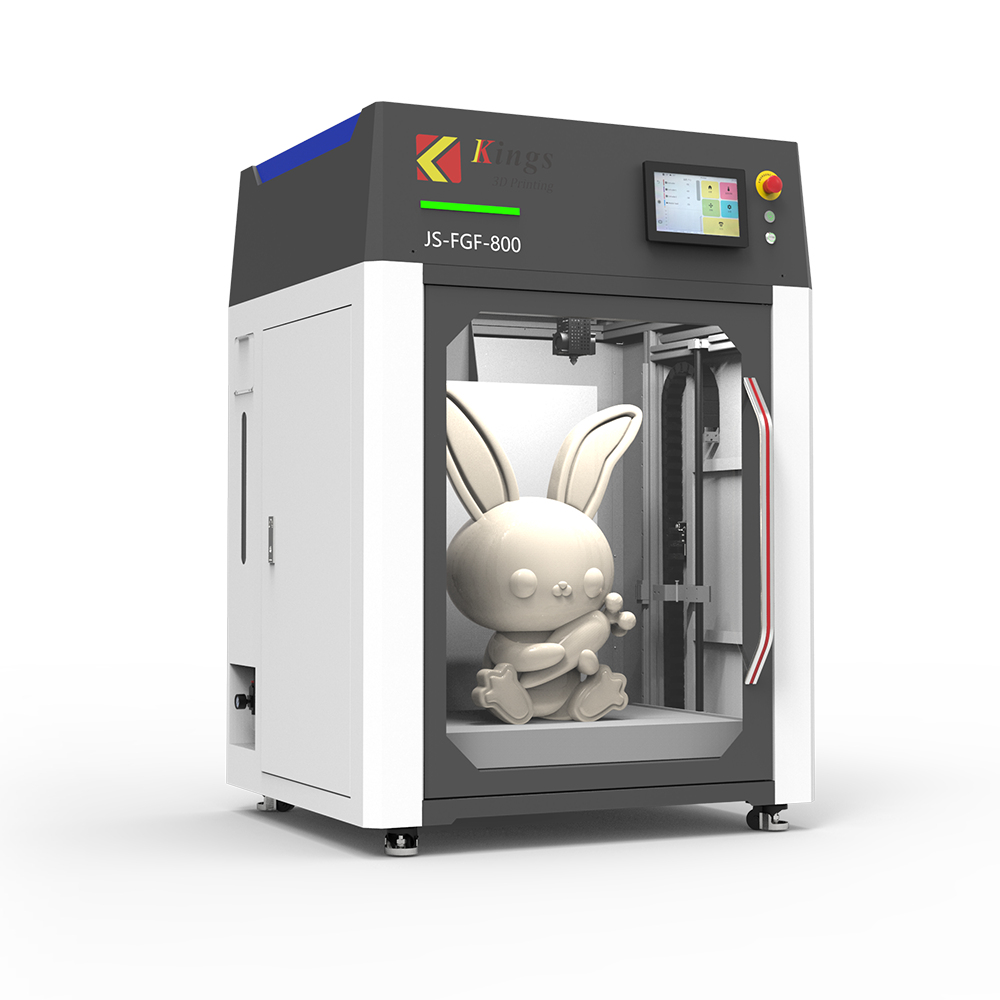Over the past few years, there have been numerous news stories around the world about 3D printed medical devices. From 3D printed hearing aids to surgical tools such as forceps and intraoperative retractors, the potential of 3D printing in the medical field is constantly being demonstrated. There is no doubt that 3D printing is gradually changing the game in the medical world by the hour.
With new medical tools and gadgets springing up, 3D printing is becoming more accessible and less expensive. Beyond the current innovations, what else can be expected from 3D printing in the medical field?
Features and benefits
Scientists and writers have been exploring and discovering the benefits and capabilities of 3D printing for years. In general, the advantages and characteristics of 3D printing today can be divided into the following main points.

1) Rapid Prototyping
3D printing has accelerated the prototyping process for additive manufacturing. Today, prototypes of organs and implants can be printed in just a few hours. Rapidity is the reason why 3D printing is preferred over machine prototyping. In addition to speed, it is also very cost effective.
2) Flexibility in design
The materials used for 3D printing have changed. Medical tools and devices can be 3D printed in steel, acid, titanium and even chocolate. The variation in materials allows for flexibility in design. In addition, there are no limitations to 3D printing compared to traditional printing.
3) Minimising waste
3D printing reduces the waste of resources. Only some of the materials needed to produce a print are required to produce the part. Rather than relying on large pieces of recycled material, 3D printing uses only the material needed for the part.
4) Cost-effective
Whereas in the past you needed a licence to use a 3D printer, today you only need the will to get one. The printer can be bought anywhere, which ensures its cost-effectiveness.
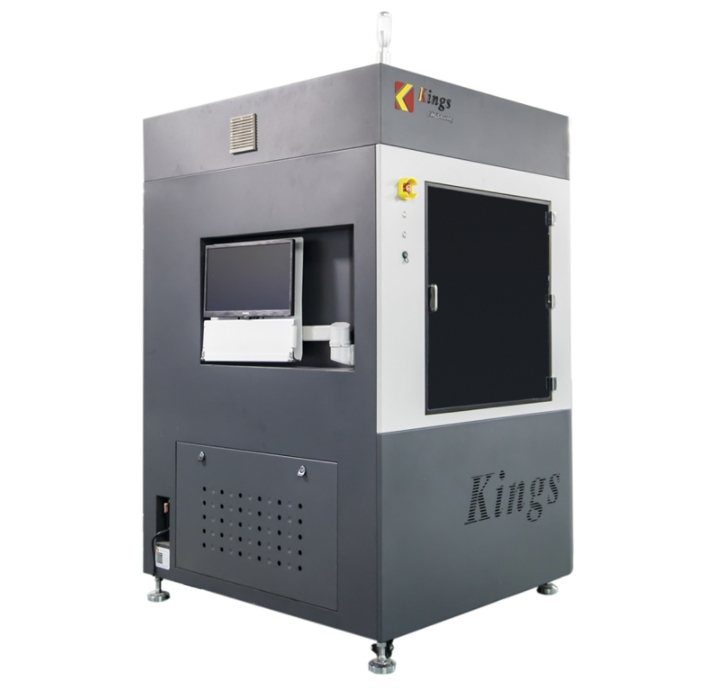
KINGS 600Pro Medical 3D printer
Future trends
The future of 3D printing can be imagined through current trends. These trends in healthcare include organs, implants, prosthetics, surgical instruments and other medical devices, aiming to enable future technological innovations in the operating theatre. Here is a brief look at how 3D printing is changing the medical game.
1) Organs and implants
In the United States, there are hundreds of people waiting for organs and implants. These people are looking for donors to perform life-saving organ replacements. However, this trend is about to change thanks to 3D printing. Scientists are working hard to find ways to create faster and more efficient 3D printed kidneys, lungs and other organs.
2) Surgical instruments
The average price of obtaining a set of surgical instruments is around $3,000, which is quite expensive. With 3D printing technology, surgical instruments have become much better and more cost effective. Scientists can modify any medical supplies and can even print complex medical supplies.
3) Prosthetics and medical devices
Why waste time and resources making prosthetic limbs and medical devices? Thanks to its rapid prototyping, 3D printing can modify any prosthetic design that can fit a human being. In the future, no one will need to rely on donors to obtain customised prostheses and devices that fit them.
Please follow KINGS3D to find more machines related to medical industry. We welcome your inquiry.

